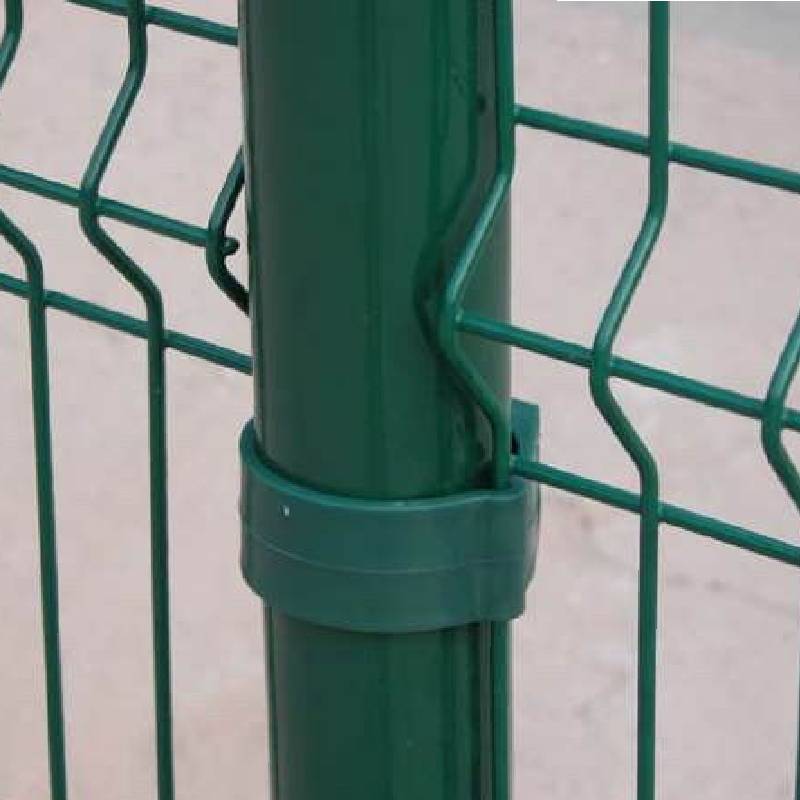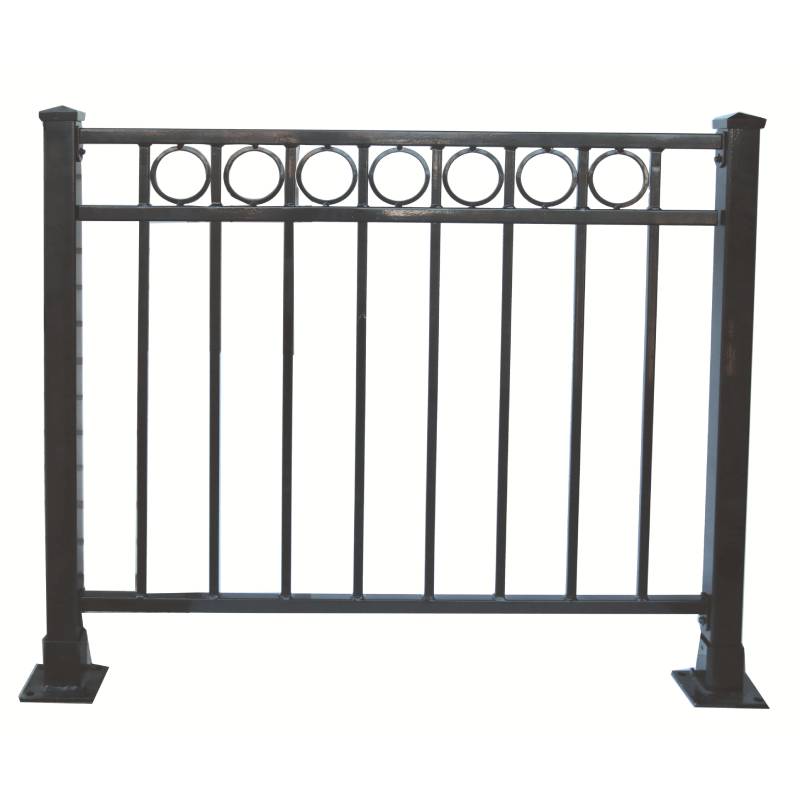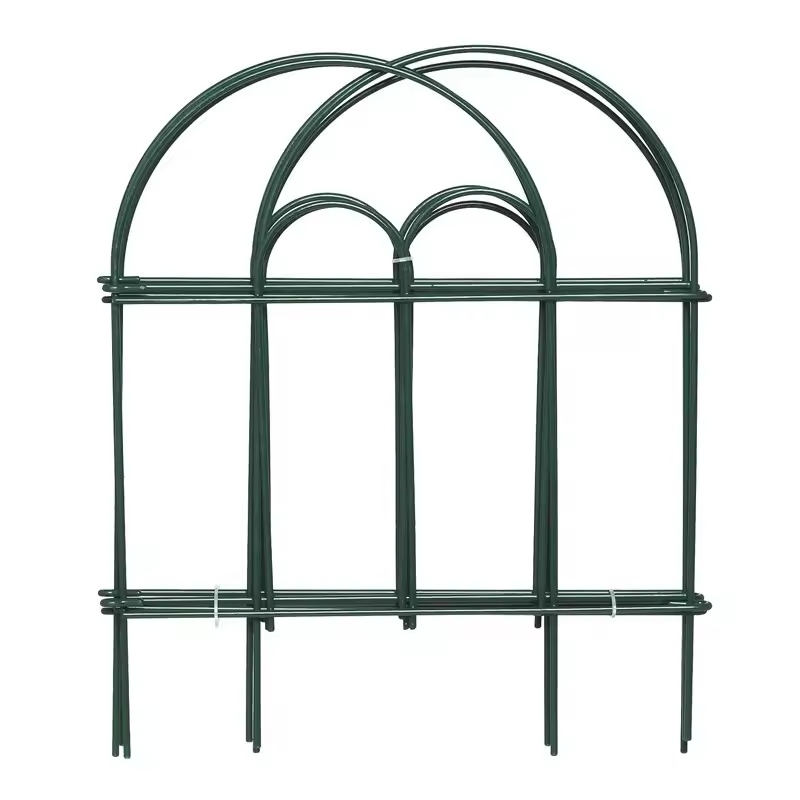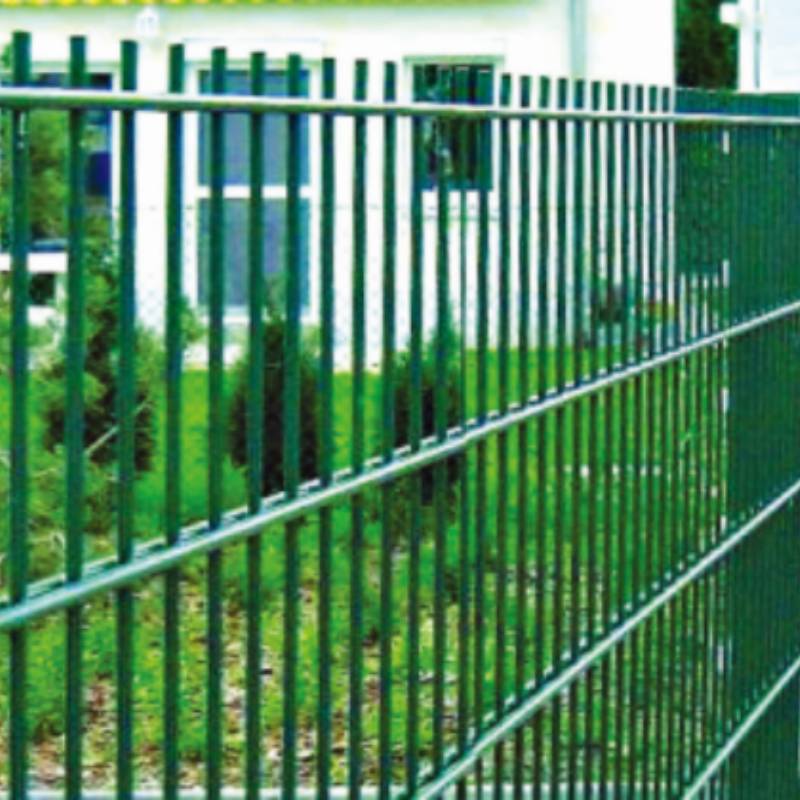-
Lengolo-tsoibila:zhao@hyliec.cn
-
Mohala:+86 311 85273988
-
WhatsApp:8613931128750
-
 Moafrika
Moafrika -
 Sealbania
Sealbania -
 Seamharic
Seamharic -
 Searabia
Searabia -
 Searmenia
Searmenia -
 Se-Azerbaijani
Se-Azerbaijani -
 Sebasque
Sebasque -
 Sebelarusia
Sebelarusia -
 Benghali
Benghali -
 Sebosnia
Sebosnia -
 Se-Bulgaria
Se-Bulgaria -
 Secatalan
Secatalan -
 Sebuano
Sebuano -
 Corsican
Corsican -
 Secroatia
Secroatia -
 Czech
Czech -
 Sedanishe
Sedanishe -
 Se-Dutch
Se-Dutch -
 Senyesemane
Senyesemane -
 Esperanto
Esperanto -
 Seestonia
Seestonia -
 Sefinnishe
Sefinnishe -
 Sefora
Sefora -
 Sefrisia
Sefrisia -
 Segalician
Segalician -
 Segeorgia
Segeorgia -
 Sejeremane
Sejeremane -
 Segerike
Segerike -
 Segujarati
Segujarati -
 Secreole sa Haiti
Secreole sa Haiti -
 hausa
hausa -
 siwaiian
siwaiian -
 Seheberu
Seheberu -
 Che
Che -
 Miao
Miao -
 Se-Hungary
Se-Hungary -
 Seiceland
Seiceland -
 igbo
igbo -
 Seindonesia
Seindonesia -
 irish
irish -
 Setaliana
Setaliana -
 Sejapane
Sejapane -
 Se-Javanese
Se-Javanese -
 Kannada
Kannada -
 kazakh
kazakh -
 Khmer
Khmer -
 Rwanda
Rwanda -
 Sekorea
Sekorea -
 Sekurdish
Sekurdish -
 Sekyrgyz
Sekyrgyz -
 Lefuba
Lefuba -
 Selatine
Selatine -
 Selatvia
Selatvia -
 Selithuania
Selithuania -
 Se-Luxembourgish
Se-Luxembourgish -
 Semacedonia
Semacedonia -
 Malgashi
Malgashi -
 Semalay
Semalay -
 Semalayalam
Semalayalam -
 Semalta
Semalta -
 Semaori
Semaori -
 Marathi
Marathi -
 Mongolian
Mongolian -
 Myanmar
Myanmar -
 tsa Nepali
tsa Nepali -
 Norwegian
Norwegian -
 Norwegian
Norwegian -
 Occitan
Occitan -
 Sepashto
Sepashto -
 Sepersia
Sepersia -
 Sepolishe
Sepolishe -
 Sepotoketsi
Sepotoketsi -
 Sepunjabi
Sepunjabi -
 Seromania
Seromania -
 Serussia
Serussia -
 Sesamoa
Sesamoa -
 Segaeli sa Scotland
Segaeli sa Scotland -
 Seserbia
Seserbia -
 Senyesemane
Senyesemane -
 Seshona
Seshona -
 Sindhi
Sindhi -
 Sesinhala
Sesinhala -
 Seslovak
Seslovak -
 Seslovenia
Seslovenia -
 Somalia
Somalia -
 Sepanish
Sepanish -
 Sesundanese
Sesundanese -
 Seswahili
Seswahili -
 Seswedishe
Seswedishe -
 Setagalog
Setagalog -
 Se-Tajik
Se-Tajik -
 Setamil
Setamil -
 Setatare
Setatare -
 Setelugu
Setelugu -
 Sethai
Sethai -
 Se-Turkey
Se-Turkey -
 Turkmen
Turkmen -
 Seukraine
Seukraine -
 Seurdu
Seurdu -
 Uighur
Uighur -
 Seuzbek
Seuzbek -
 Sevietnam
Sevietnam -
 Welsh
Welsh -
 Thusa
Thusa -
 Yiddish
Yiddish -
 Yoruba
Yoruba -
 Sezulu
Sezulu
Panel Fense
Wholesale Metal Fence Panels ?
Wholesale metal fence panels are a popular choice for those looking for durable and secure fencing solutions. These panels are often made steel materials providing a
strong and long-lasting option for garden fencing. They are available in various designs and sizes, making them suitable for a wide range of applications. Wholesale options offer cost-effective solutions for purchasing metal fence panels in bulk, making them ideal for contractors, landscapers, and property developers looking to install fencing on a larger scale.
Is It Cheaper To Buy Fence Panels Or Build Them?
The cost of buying fence panels versus building them can vary depending on several factors. In general, buying pre-made fence panels can be cheaper and more time-efficient than building them from scratch. Pre-made panels are mass-produced, which often makes them more cost-effective due to economies of scale. Additionally, purchasing fence panels can save on labor costs, as they are typically easier and quicker to install compared to building a fence from individual components. However, building a fence from raw materials allows for more customization and control over the design, which may be a priority for some individuals. It's important to consider the specific requirements, budget, and time constraints when deciding whether to buy or build fence panels.
How To Install A Panel Fence?
To install a panel fence involves several steps:
1. Measure and plan: Determine the length of the fence and calculate the number of panels needed. Plan the layout and ensure the fence posts are installed at the appropriate intervals to accommodate the panels.
2. Install the posts: Dig holes for the fence posts, ensuring they are deep enough to provide stability. Set the posts in concrete and allow them to cure before attaching the panels.
3. Attach the panels: Once the posts are set, attach the panels to the posts using appropriate fasteners such as screws or nails. Ensure the panels are level and properly aligned.
4. Add finishing touches: Depending on the type of panels used, additional finishing touches such as capping, trim, or paint may be required to enhance the appearance and durability of the fence.
5. Maintenance: Regular maintenance, such as cleaning and sealing, may be necessary to ensure the longevity of the fence panels.
It's important to follow the manufacturer's instructions and local building codes when paneling a fence to ensure proper installation and compliance with regulations. If in doubt, it's advisable to consult with a professional or seek guidance from experienced individuals.








